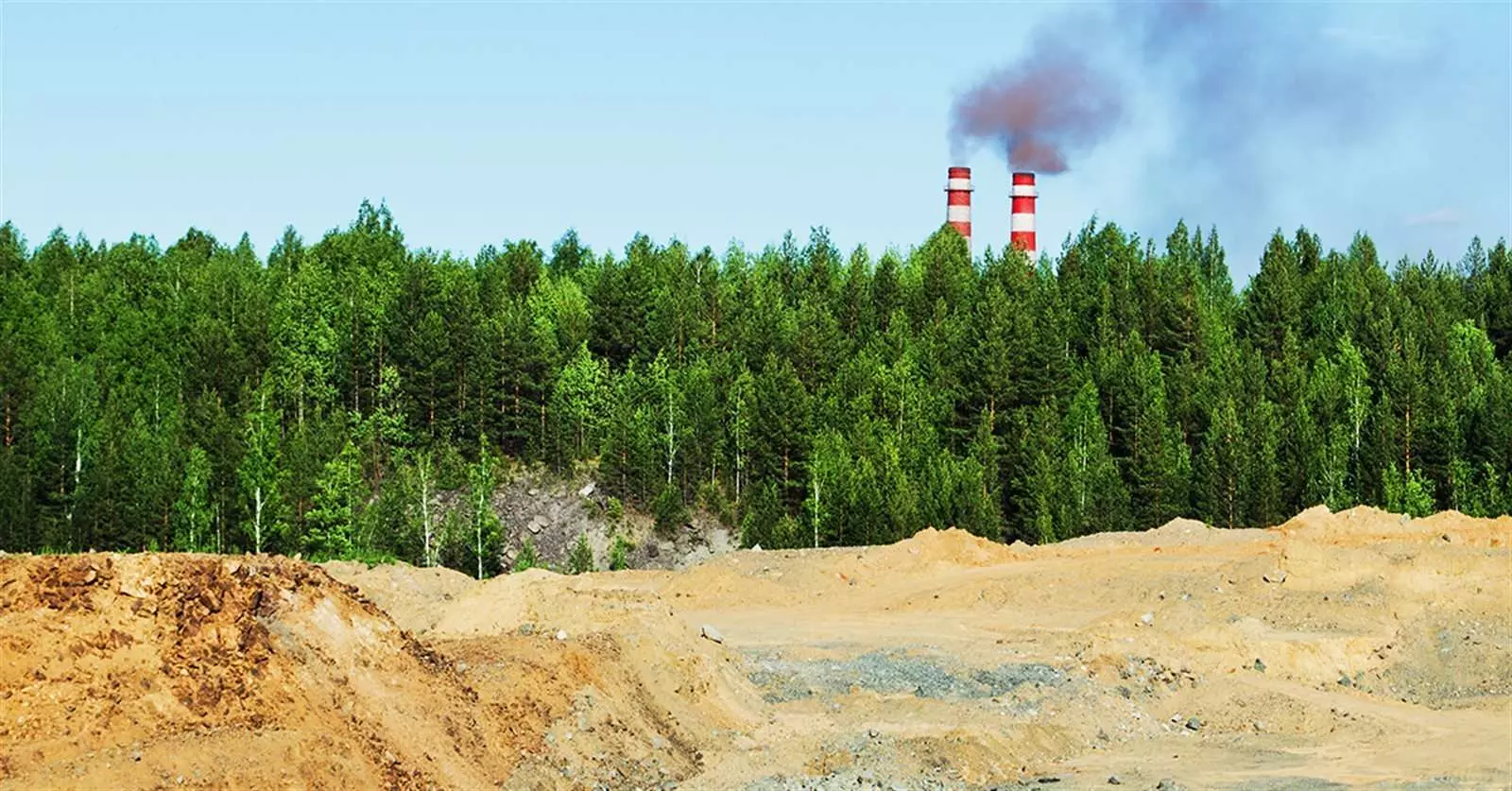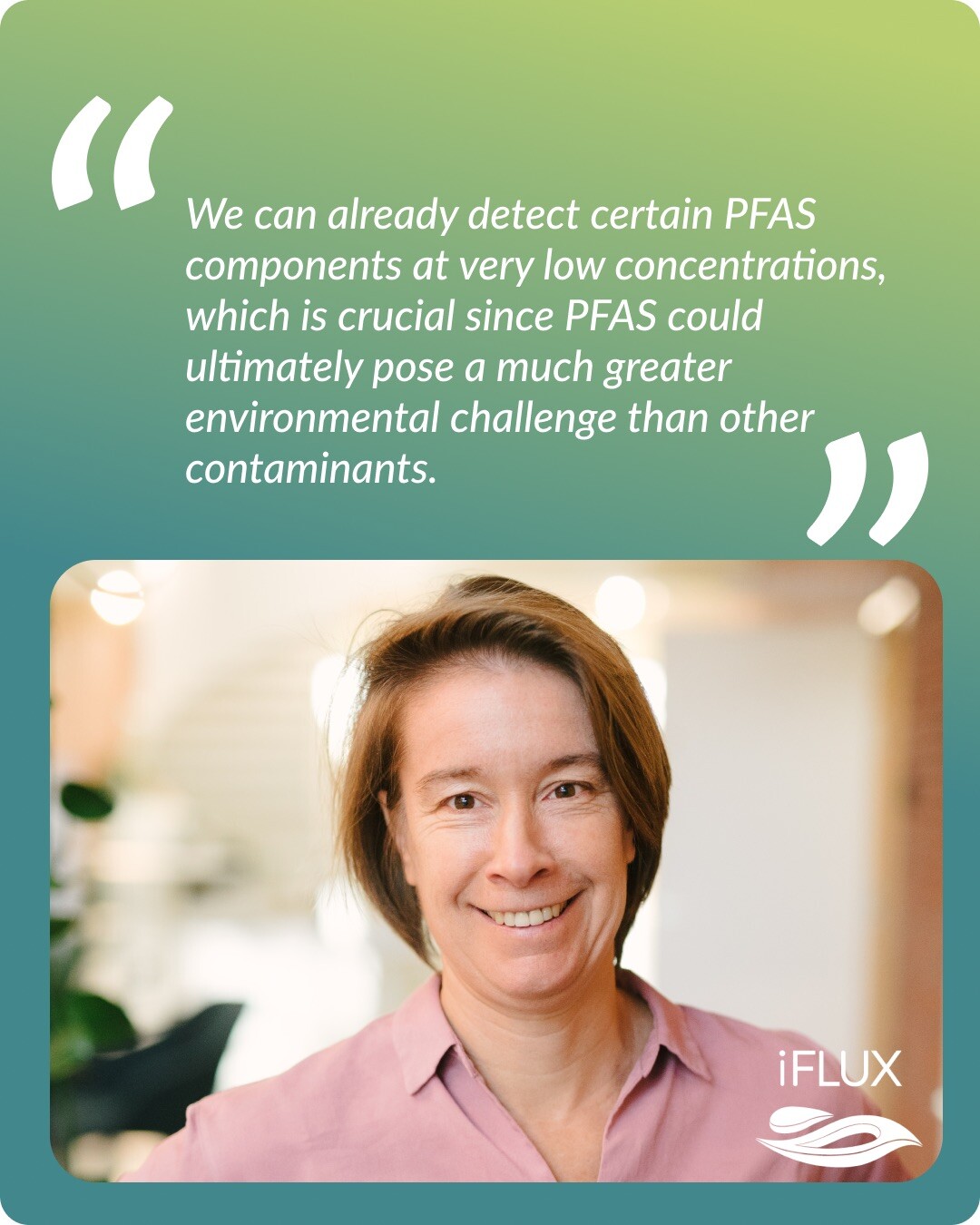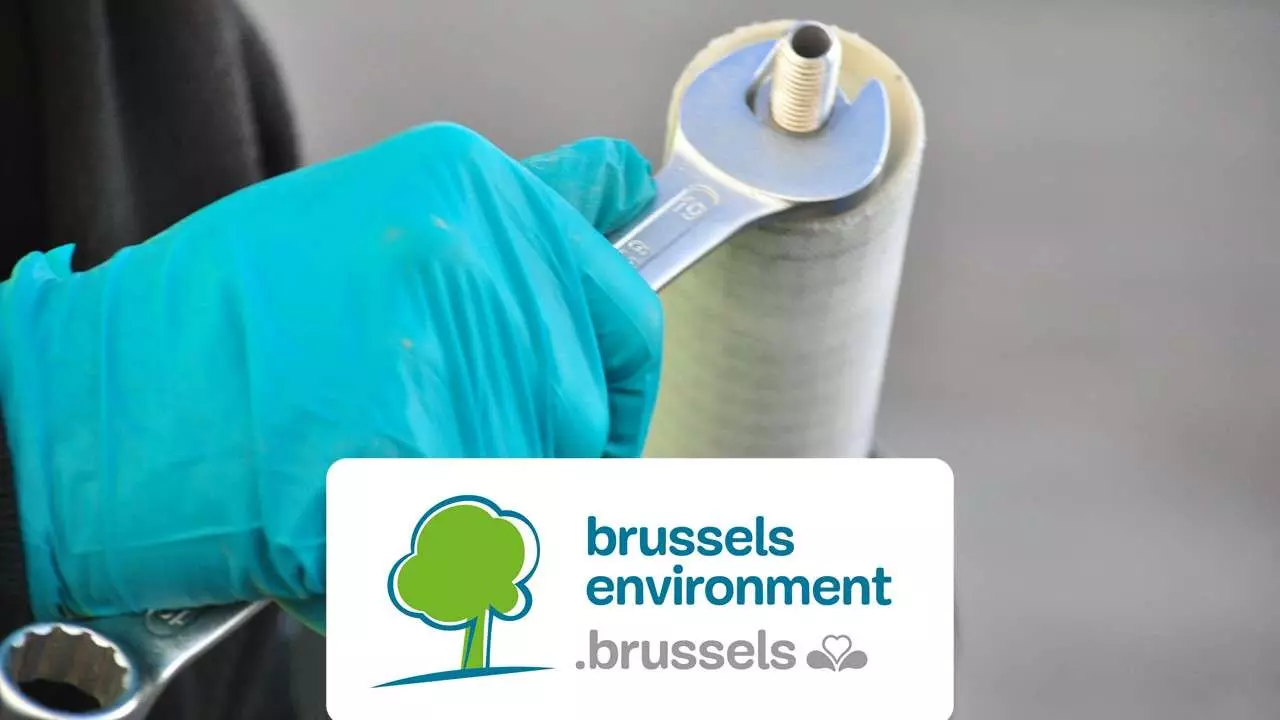How iFLUX Sampler Improves PFAS Monitoring in Groundwater
PFAS has emerged as one of the most challenging environmental contaminants of our time, with its complexity only expected to grow in the coming...
2 min read
 Goedele Verreydt
:
Apr 30, 2024 12:12:44 PM
Goedele Verreydt
:
Apr 30, 2024 12:12:44 PM

Posted on Wednesday 29 January 2020
The Finnish government is committed to fully exploit the green character of Finland. That's why they want to analyse and decontaminate polluted sites in their country, using the most efficient and cost-effective method. And that’s where iFLUX comes in.
Finland has over 25,000 registered and potentially contaminated sites. The Finnish government aims to investigate and manage these pollutions. In order to achieve their ambitious goal, they need extra insights and additional information. Approximately 15,000 of these sites still need to be investigated regarding pollution and potential interventions. It is estimated that around 35% of them could present a potential hazard.
Analyzing and managing these sites by means of traditional methods? The cost of this is estimated at 4 billion euros. A huge cost for the Finnish government.
An alternative solution is therefore certainly needed! That is why the Finnish Ministry of Environment started the PASSIIVI. They were tasked with investigating the polluted soils. This is the first step towards better mapping the risk management of the contaminated areas.
The PASSIIVI project aims to explore and validate passive sampling techniques for measuring contaminated soil and groundwater.
We installed 12 iFLUX samples in 6 different monitoring wells at the field site. These samples monitor the spread of groundwater pollution over time. At the same time, they measure the flow of groundwater and the dispersion of pollution. Flux samples instantly assess the speed and direction of groundwater contamination. By doing this, we can provide reliable data and more precisely determine the risks of the soil pollution.
The project examines how flux samples can be used as a monitoring method for contaminated soil, and compares the results obtained by using passive samplers with the concentrations measured by conventional soil and groundwater samples. Three passive samplers are used, including the iFLUX method. Our sampler is used to calculate the pollutant loads to VOCls before and after active remediation.
The insights obtained during our 6-month investigation were combined into one report. This discusses all possibilities and characteristics of iFLUX, compared to the different technologies.
The report also contains methodological guidelines on the samplers that should be taken into account for the implementation and interpretation of results.

PFAS has emerged as one of the most challenging environmental contaminants of our time, with its complexity only expected to grow in the coming...

Posted on Tuesday 14 July 2020 In 2018, The Brussels Environment organization commissioned the publication of a number of best practices of...

Posted on Thursday 17 May 2018 In close collaboration with lab partner SGS, iFLUX optimized the validation technique of the different iFLUX...